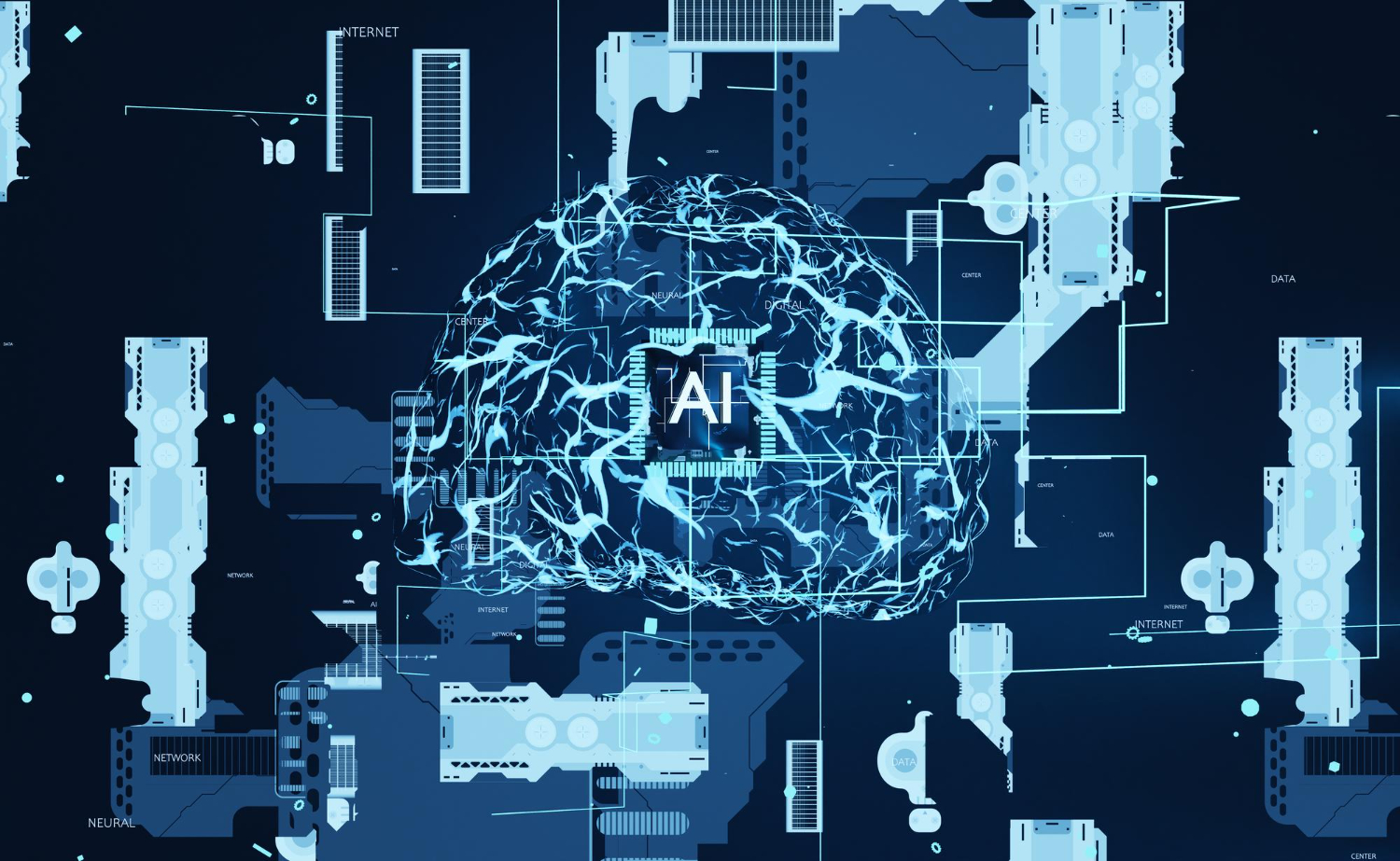In today’s digital age, data is ubiquitous and indispensable. From businesses optimizing operations to researchers seeking breakthroughs, the ability to collect, process, and derive insights from data is paramount. However, the sheer volume and complexity of data present challenges that traditional methods struggle to address. Enter Artificial Intelligence (AI), a transformative technology that is revolutionizing data collection, processing, and analysis. Let’s delve into how AI is reshaping these processes and delivering accurate data insights.
Automated Data Collection
AI algorithms can automate the data collection process across various sources, including websites, databases, IoT sensors, and more. Through web scraping, AI can extract relevant information swiftly and efficiently, eliminating the need for manual data entry and significantly reducing human error. This automation ensures a continuous flow of data, enabling organizations to stay updated in real time.
Data Cleaning and Preprocessing
The quality of data is paramount for accurate analysis and decision-making. However, raw data often contains errors, inconsistencies, and missing values that can impede the analytical process. AI techniques, such as machine learning algorithms, excel at data cleaning and preprocessing tasks. These algorithms can identify patterns in data discrepancies and impute missing values, resulting in cleaner and more reliable datasets.
Pattern Recognition and Predictive Analytics
AI’s prowess in pattern recognition is invaluable for uncovering insights within vast datasets. Machine learning models can analyze historical data to identify trends, correlations, and anomalies that may not be apparent to human analysts. Moreover, AI enables predictive analytics, allowing organizations to forecast future trends and outcomes based on historical data patterns. Whether it’s predicting customer behavior or optimizing supply chain logistics, AI-driven insights empower organizations to make proactive decisions.
Read also: What Are The Different Types Of Data Collection In Market Research?
Natural Language Processing (NLP)
Unstructured data, such as text from social media, customer reviews, and emails, poses a unique challenge for analysis. AI-powered NLP techniques enable machines to understand and derive insights from human language. Sentiment analysis, topic modeling, and entity recognition are just a few examples of how NLP can extract valuable information from textual data, providing organizations with deeper insights into customer feedback, market trends, and competitor strategies.
Image and Video Analysis
AI’s capabilities extend beyond text data to include visual information as well. Computer vision algorithms can analyze images and videos to identify objects, detect patterns, and extract valuable insights. From medical imaging diagnosis to autonomous vehicle navigation, AI-driven image and video analysis have myriad applications across industries, revolutionizing processes and driving innovation.
Artificial Intelligence is transforming the landscape of data collection, processing, and analysis. By automating mundane tasks, cleaning and preprocessing data, recognizing patterns, and deriving insights from diverse data sources, AI empowers organizations to harness the full potential of their data. As AI continues to evolve and improve, its ability to provide accurate data insights will become even more invaluable, driving innovation, efficiency, and informed decision-making across industries. Embracing AI as a powerful ally in the data-driven era is not just an option but a necessity for organizations seeking to thrive in an increasingly competitive and complex landscape.
